In modern intensive fish farming, dissolved oxygen is one of the most critical indicators determining breeding success. Traditional oxygenation methods, such as paddlewheel and waterwheel aerators, mainly integrate oxygen from the air into water by agitating the water surface, featuring limited efficiency and high energy consumption. In contrast, oxygen generators based on Pressure Swing Adsorption (PSA) technology, with their efficient, stable, and economical characteristics, are becoming core equipment in modern high-density aquaculture farms.
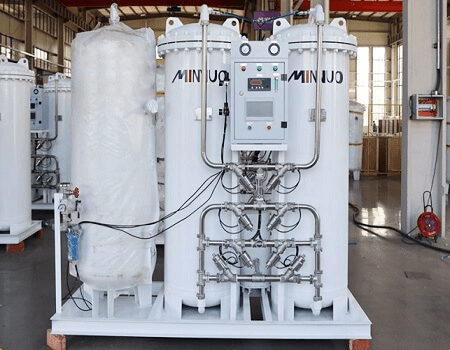
I. Working Principle of PSA Oxygen Generators: Ingenious “Molecular Sieve” Technology
The core principle of PSA oxygen generators is not complicated. They cleverly utilize the difference in adsorption capacity of different gas molecules in the air on specific adsorbents ( molecular sieves).
1. Composition of Air
As we know, dry air mainly consists of approximately 78% nitrogen (N₂), 21% oxygen (O₂), and 1% rare gases. The purpose of PSA technology is to “separate” the majority nitrogen to obtain high-concentration oxygen.
2. Core Component: Molecular Sieve
The “heart” of a PSA oxygen generator is a special material called “zeolite molecular sieve”. This material has countless tiny pores inside, with pore sizes carefully designed to have a strong adsorption capacity for nitrogen molecules while weakly adsorbing oxygen molecules.
3. Working Process (Pressure Swing Adsorption Cycle)
The PSA oxygen production process usually operates cyclically in a system containing two adsorption towers, with each cycle including the following basic steps:
Step 1: Pressurized Adsorption
An air compressor compresses and purifies ambient air (removing oil, water, and dust) before sending it to the first adsorption tower. Under a certain pressure, a large number of nitrogen molecules are adsorbed by the zeolite molecular sieve and “locked” in the pores. Meanwhile, oxygen molecules smoothly pass through the adsorption tower, converge at the outlet end of the tower to form high-concentration oxygen (concentration usually reaching 90%-95%), which is then output and stored in an oxygen buffer tank.
Step 2: Equalization and Depressurization
When the molecular sieve in the first adsorption tower approaches adsorption saturation, the system automatically switches the air flow. Part of the high-pressure gas in the tower that is about to be saturated is introduced into the other tower that has completed regeneration to pre-pressurize it, while the pressure of the first tower decreases. This step is to recover energy and improve efficiency.
Step 3: Depressurization and Desorption
The saturated adsorption tower is isolated from the air intake and connected to the atmosphere for rapid depressurization. The sudden pressure drop allows the adsorbed nitrogen molecules to break free from the molecular sieve, be released, and discharged into the atmosphere through a muffler. This process is called “desorption” or “regeneration”.
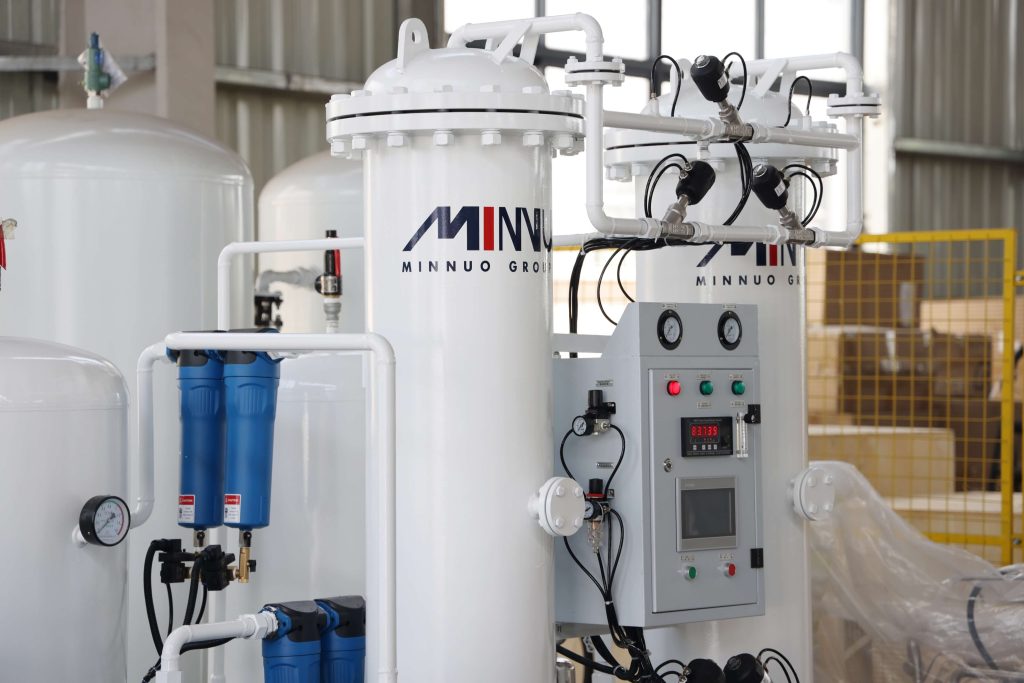
II. Significant Advantages of PSA Oxygen Generators in Fish Farming
Compared with traditional oxygenation methods, the application of PSA oxygen generators in fish farming has brought revolutionary improvements, with its advantages mainly reflected in the following aspects:
1. Greatly Improve Dissolved Oxygen Concentration, Breaking the Bottleneck of Breeding Density
High-purity oxygen supply: PSA oxygen generators produce high-purity oxygen of over 90%, which is directly injected into the water body through efficient oxygen dissolution devices such as nano aeration pipes. This enables the dissolved oxygen in the water to quickly reach and maintain an ultra-high saturation level (e.g., 8-12 mg/L or even higher). It completely breaks the limit of the dissolved oxygen upper limit of traditional oxygenation methods (usually not exceeding 100% of the saturation point), providing a fundamental guarantee for high-density breeding.
2. Significantly Enhance Feed Utilization Rate and Promote Fish Growth
Sufficient oxygen is crucial for the digestion and metabolism of fish. In a high-oxygen environment, fish have a strong appetite, enhanced digestion and absorption capacity of feed, and a significantly improved Feed Conversion Ratio (FCR). This means that more fish meat can be produced with less feed, which not only reduces costs but also reduces water pollution caused by excessive feces.
3. Improve Water Environment and Reduce Disease Occurrence
High-concentration oxygen can promote the reproduction of beneficial aerobic bacteria in the water body, accelerate the decomposition of organic matter such as fish excreta and residual bait, effectively inhibit the growth of anaerobic harmful bacteria, and reduce the accumulation of toxic substances such as ammonia nitrogen and nitrite. A stable and clean water environment can greatly reduce the stress response and disease incidence of fish, reduce the use of antibiotics and other drugs, and conform to the concept of green and healthy breeding.
4. Energy Conservation and Consumption Reduction, Economical and Efficient Operation
Although PSA oxygen generators require electricity to drive the air compressor, their energy efficiency is much higher than that of traditional aerators. Traditional aerators need to agitate a large amount of water to integrate oxygen that only accounts for 21% of the air, resulting in serious energy waste. In contrast, PSA oxygen generators have a clear target of directly producing oxygen, with lower energy consumption per unit of oxygenation, showing obvious advantages in long-term operation costs.
5. Respond to Extreme Weather and Ensure Breeding Safety
In high-temperature weather in summer or thunderstorm and stuffy weather, the dissolved oxygen in the water body will drop sharply, which is very likely to cause fish “floating head” or even large-scale pond fish death. PSA oxygen generators can be used as powerful emergency oxygenation equipment to quickly increase dissolved oxygen, resolve crises, and provide a solid safety guarantee for farmers.
6. High Degree of Automation and Convenient Management
Modern PSA oxygen generators are equipped with intelligent control systems, which can automatically start and stop according to the preset dissolved oxygen value, realizing precise and unattended oxygen supply, and greatly reducing the labor intensity of breeding personnel.
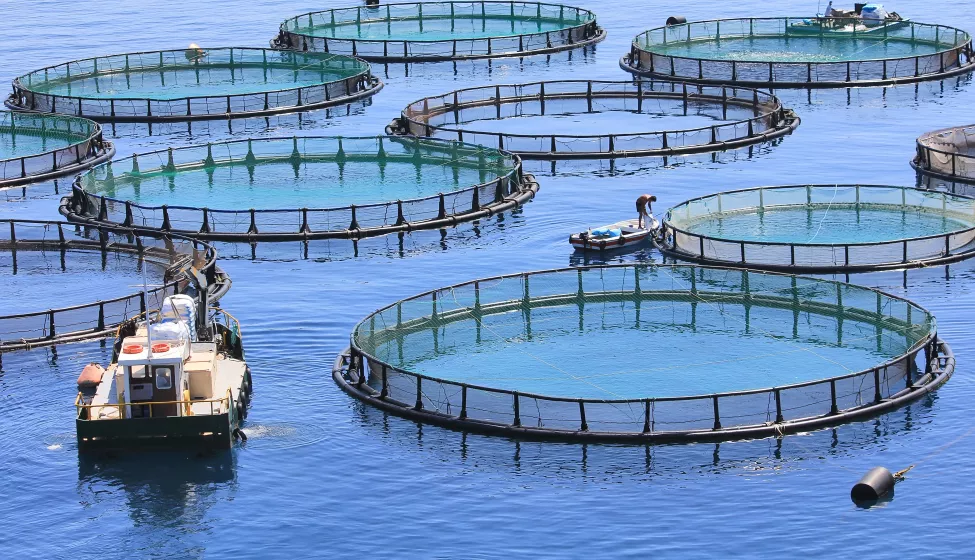
With its efficient physical separation principle, PSA oxygen generation technology provides a stable, economical, and efficient oxygen solution for modern intensive fish farming. It is not only the technical cornerstone for achieving high density and high output but also an important force driving the transformation of the aquaculture industry towards energy conservation, environmental protection, and sustainable development. With the continuous progress of technology and further reduction of costs, PSA oxygen generators will surely play an increasingly critical role in the future fisheries field, making greater contributions to global food security and aquatic protein supply.


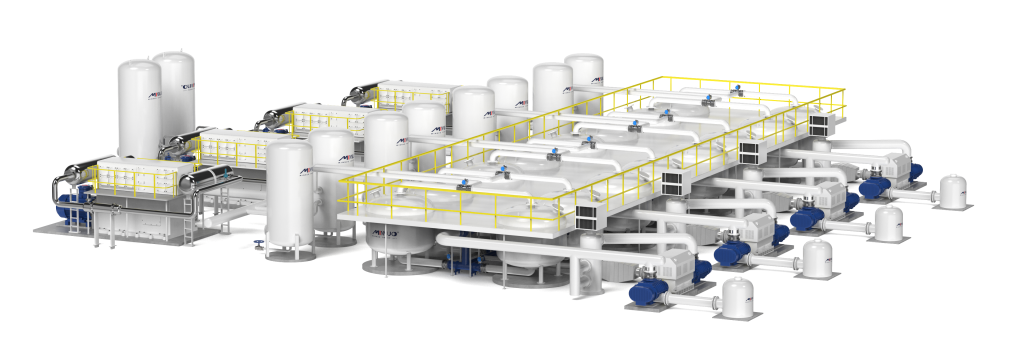

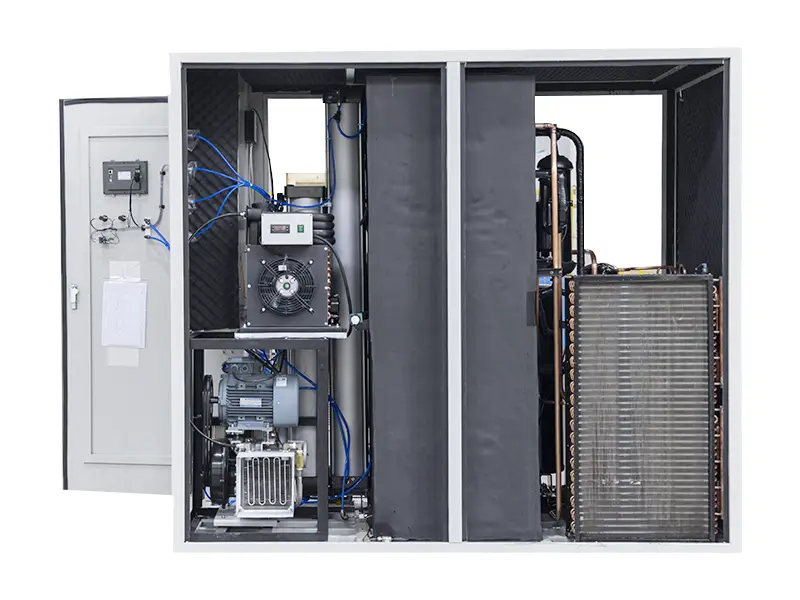

 sales2:+86 17506119168
sales2:+86 17506119168

